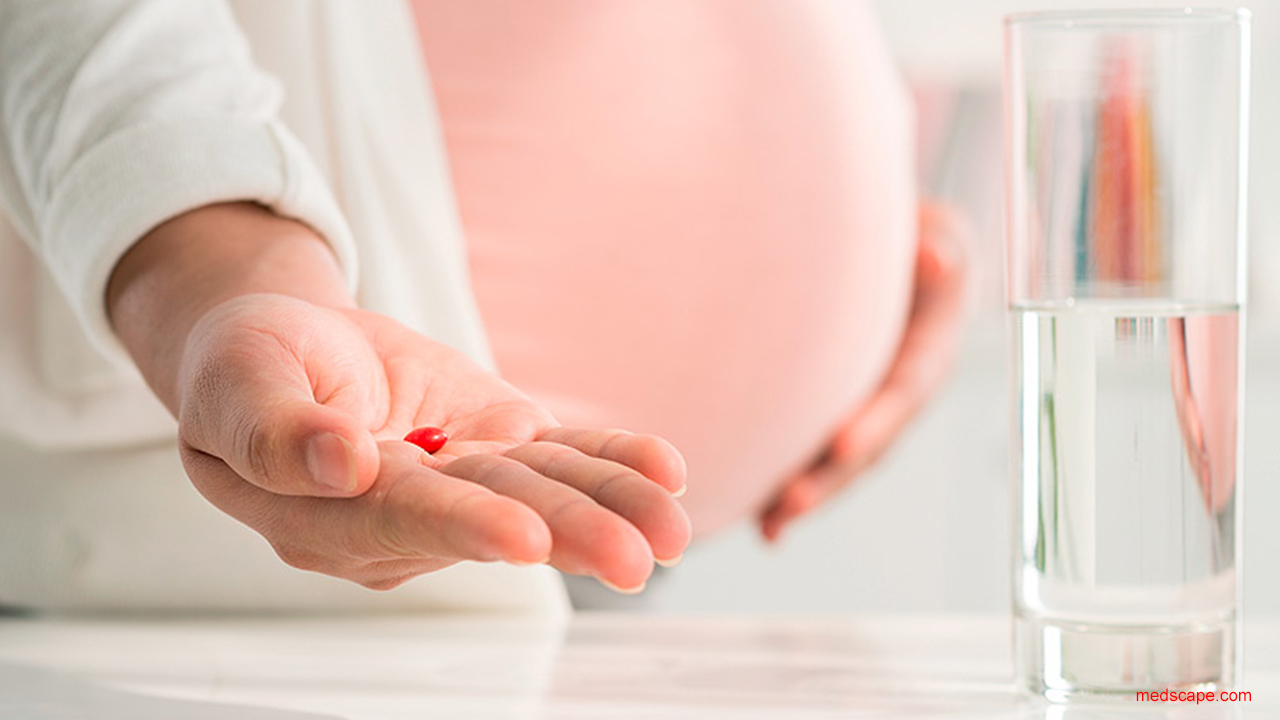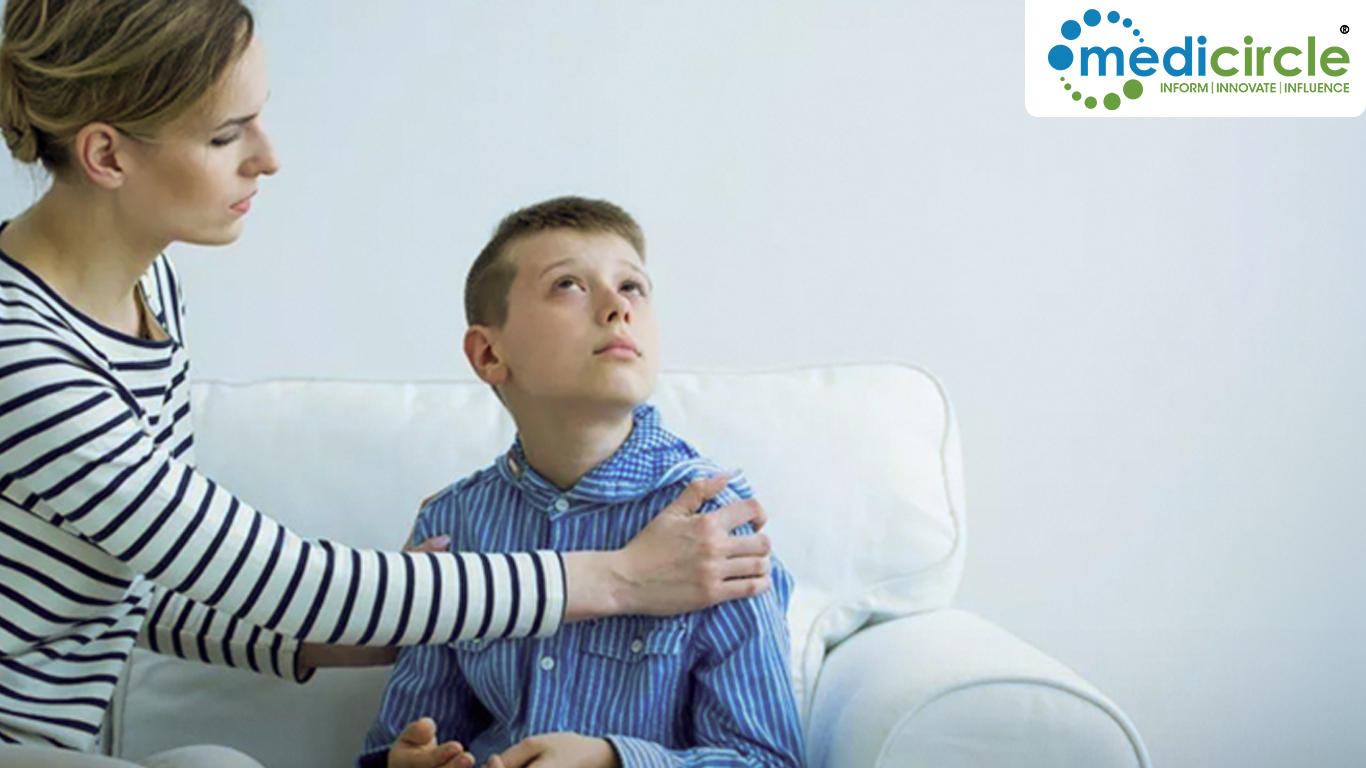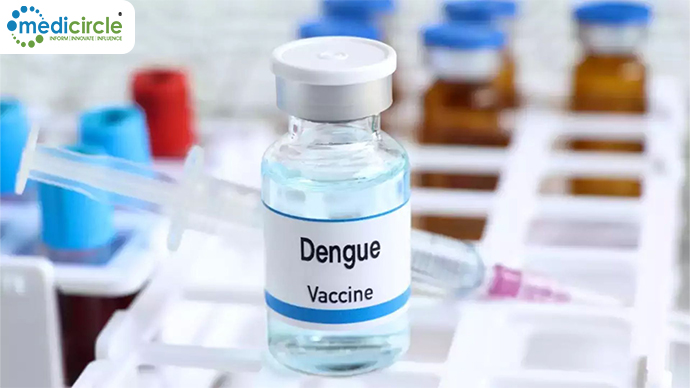While experts say that the pill is safe and effective, they also caution that birth control with estrogen, including the pill, patch, or ring, can pose serious risks, including dangerous blood clots in the legs or arms, and deadly blood clots in the lungs.
Birth control pills with estrogen increase a woman's risk for blood clots three-fold, and some of the newer birth control pills women use pose a risk two times greater than older birth control pills. The use of birth control patches and rings containing estrogen poses a risk double that of birth control pills. These risks are significantly increased in women who have other blood-clot risk factors, such as a genetic clotting disorder such as factor V Leiden, a previous blood clot, or a family history of blood clots.
Women considering the use of hormonal birth control should know their risk for blood clots and take these steps to reduce their risk:
* Talk to their doctor about their existing risk for blood clots, including personal or family history of blood clots.
* Talk to their doctor about contraceptive options to reduce blood- clot risks.
Recognize Blood Clots Signs & Symptoms
If you can recognize the signs and symptoms of blood clots in the legs or arms, you may be able to help save your life, or the life of a friend or family member:
* Swelling.
* Pain or tenderness not caused by an injury.
* Skin that is warm to the touch, red, or discolored.
Blood clots in the legs or arms that are left untreated, or that break apart and travel to your lung, can be deadly.Symptoms of a blood clot in your lung may include:
* Difficulty breathing.
* Chest pain that worsens with a deep breath or cough, coughing up blood.
* Faster than normal or irregular heartbeat.
Seek immediate medical attention if you experience any of these signs or symptoms.

 Risks of contrceptive pills ..
Risks of contrceptive pills ..






.png)
.png)
.png)










.jpeg)

.jpeg)










.jpg)




.jpg)

